- All Posts
- Addiction
- Corporate Wellness
- CSE
- Employee Wellness
- Gauteng
- Heroin
- Therapy
- Uncategorized
- Workplace Addiction
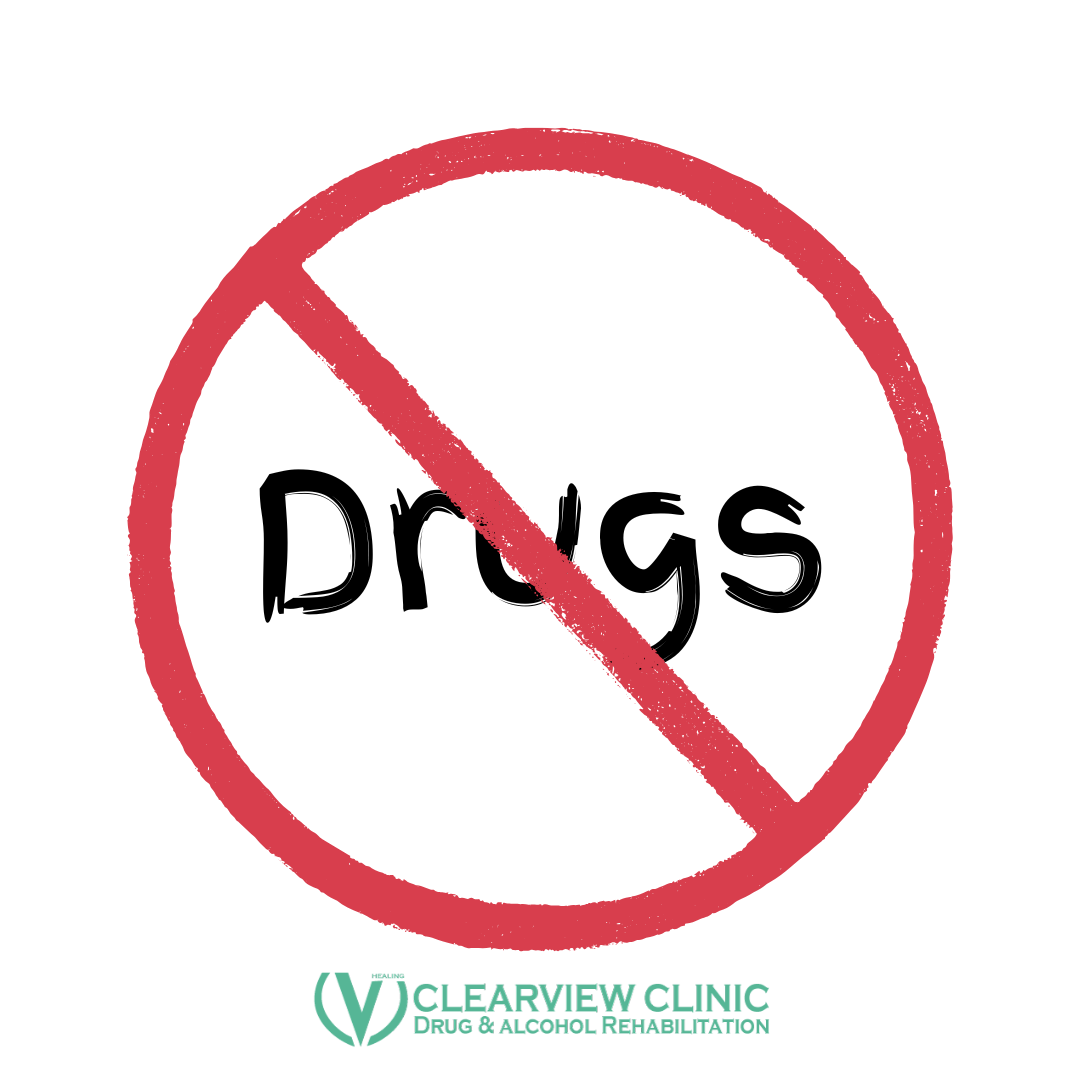
Substance Abuse Awareness Day 2025: Taking Action Against Substance Addiction in South Africa “Addiction is not a choice, but recovery…

We often look towards inspirational words and poems that can help lift our spirits and focus on the important things…
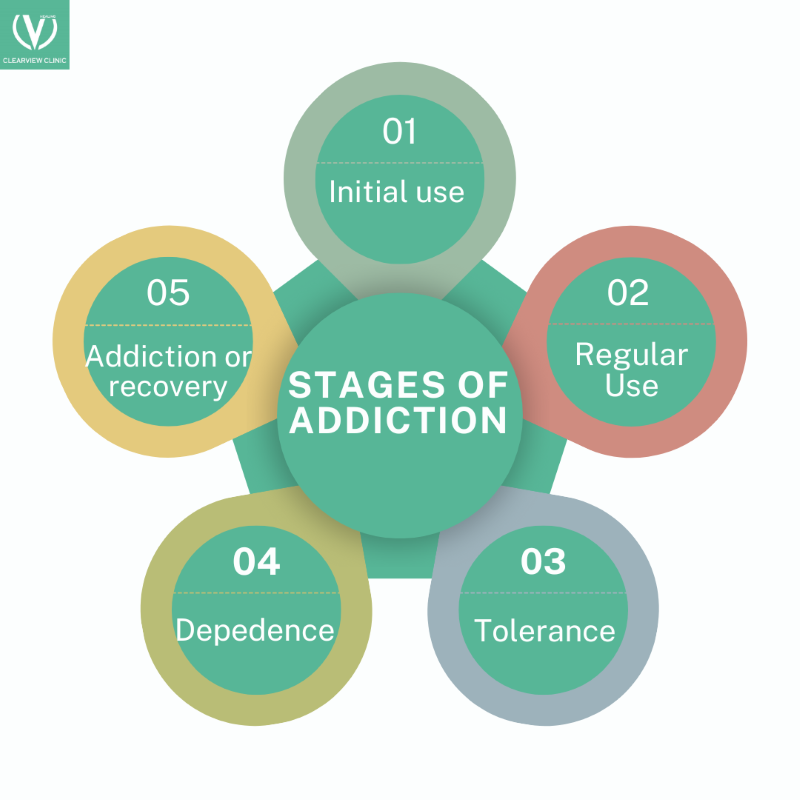
Addiction is a chronic disorder that affects millions of people worldwide. It’s a progressive condition that can start with a…

Substance abuse affects the daily life in all aspects of a person suffering from addiction and addictive behaviours. This doesn’t…
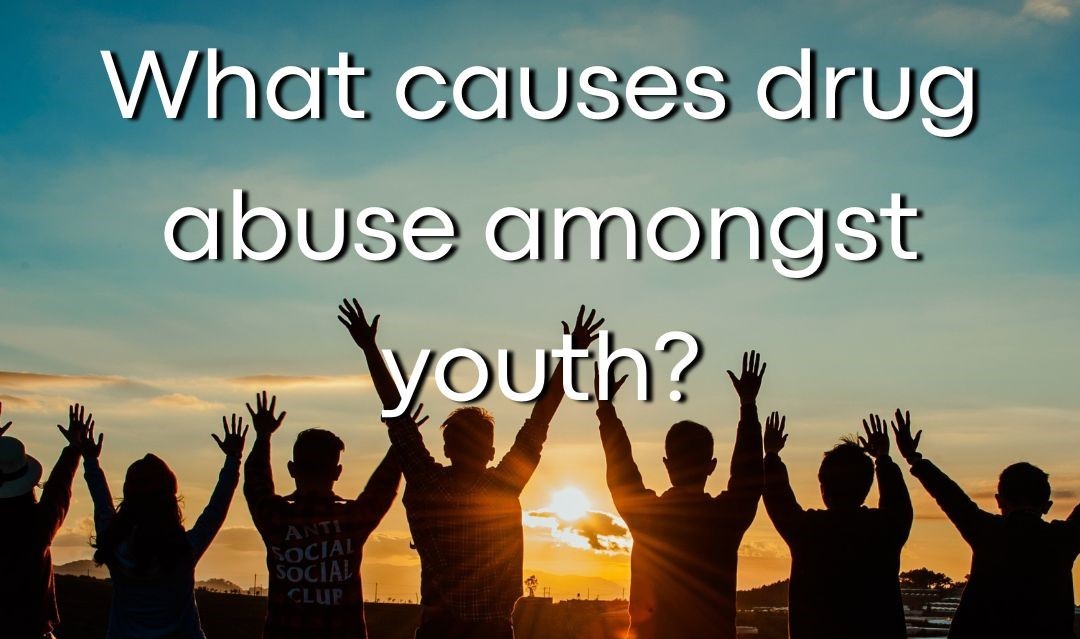
The National Youth Commission Act, 1996, defines youth as people aged between 14-35 years. According to Stats SA(2010) ‘’Youth in South…

When a woman is struggling with drug addiction during her pregnancy, that drug use affects more than just her –…
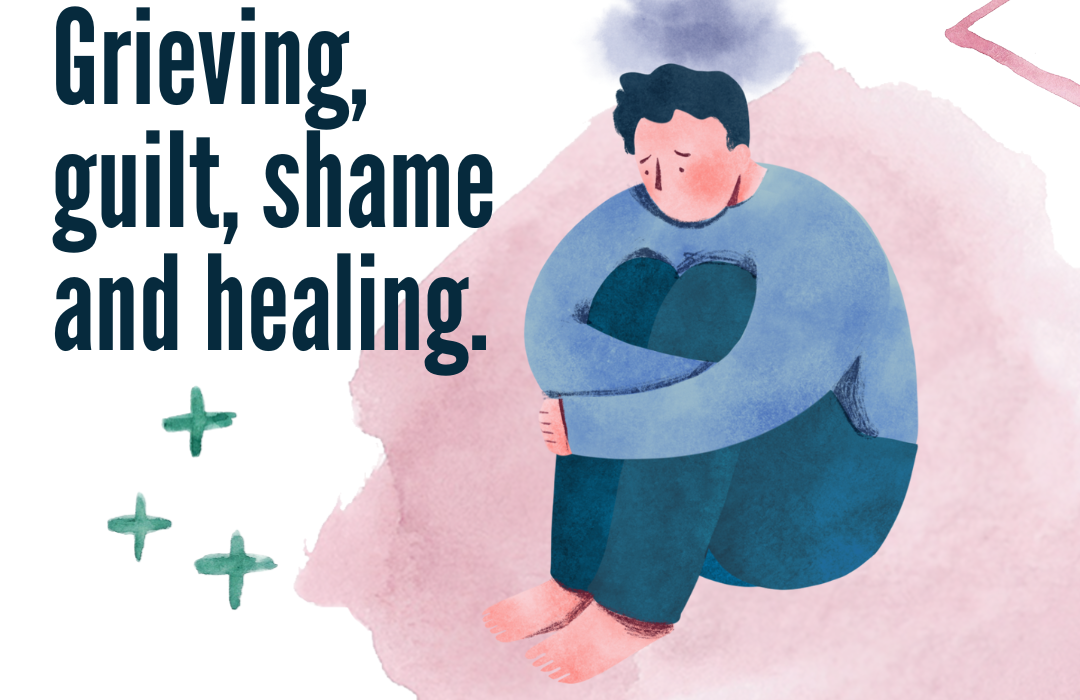
The fact is that life has its ups and downs. This can be as a result of a chain of personal or…
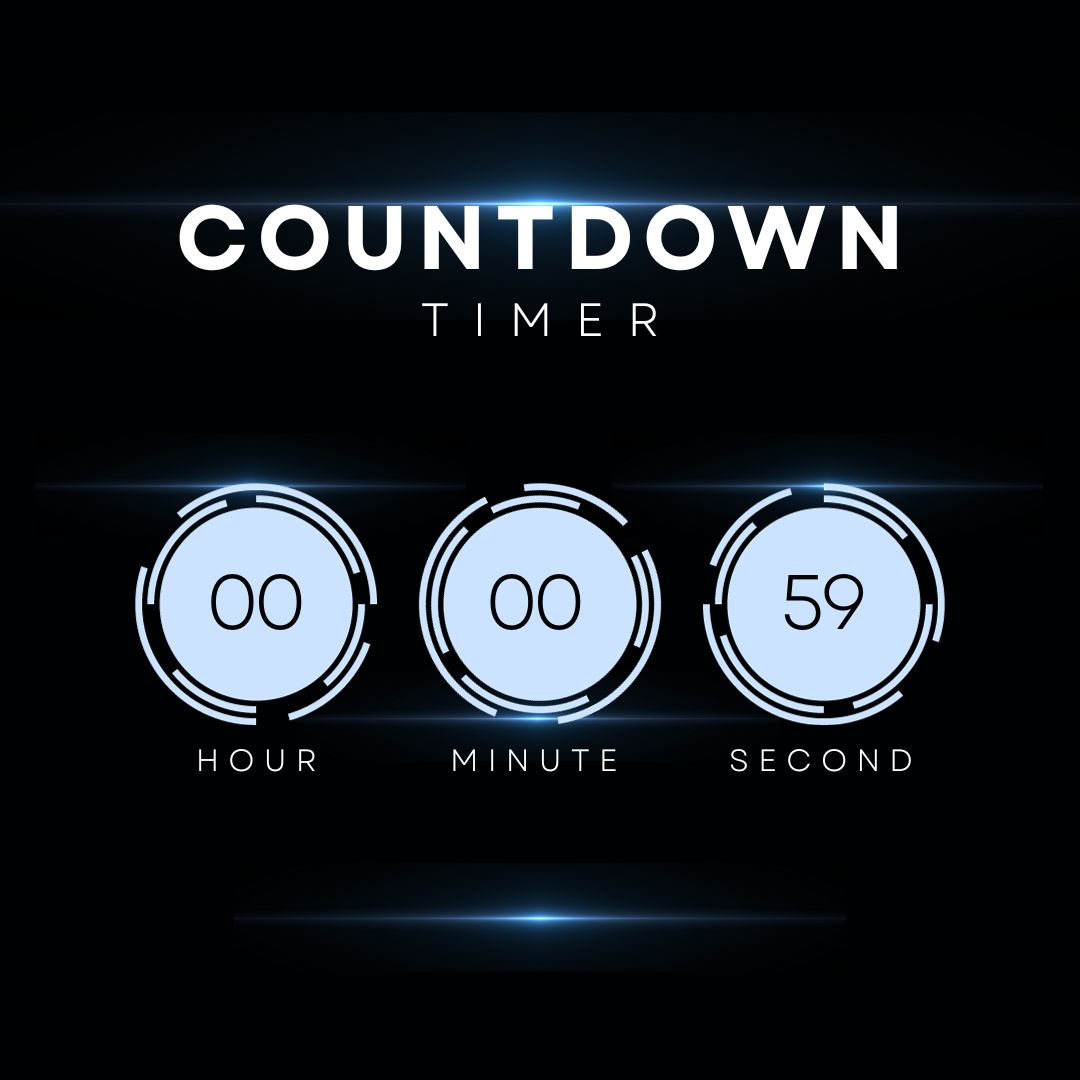
This is just one of the most agonizing questions loved ones ask themselves when they are thinking of getting a…

“I, Bride/Groom, take you (Groom/Bride), to be my (wife/husband), to have and to hold from this day forward, for better…
